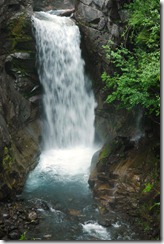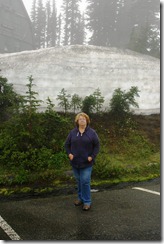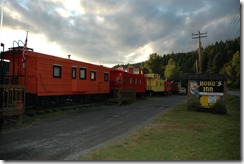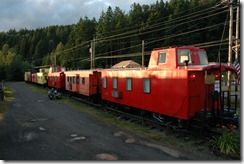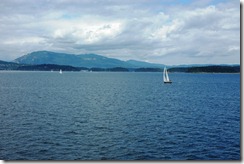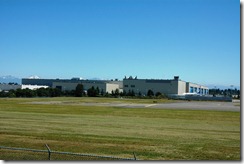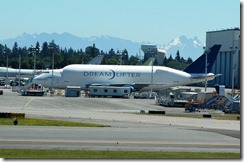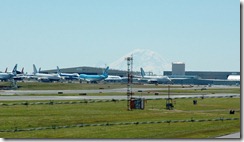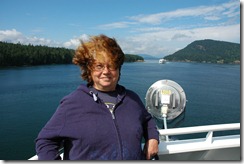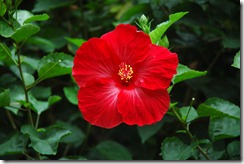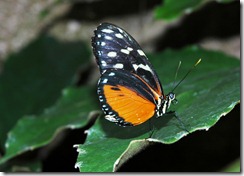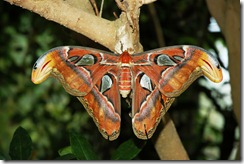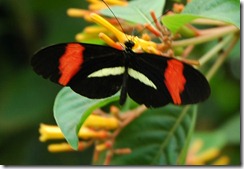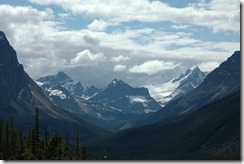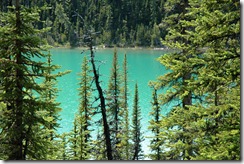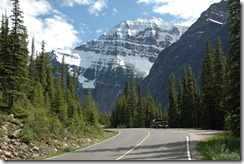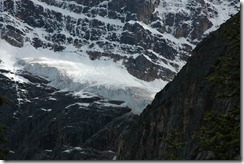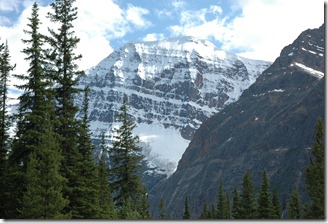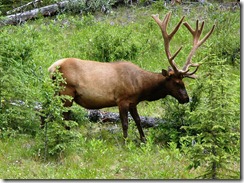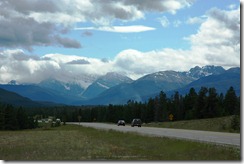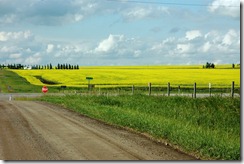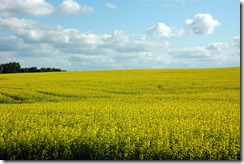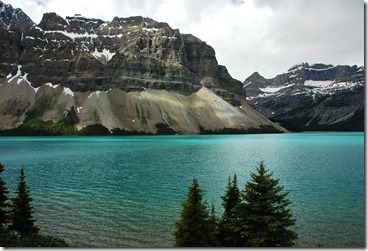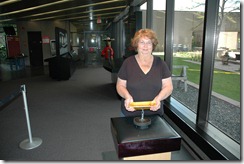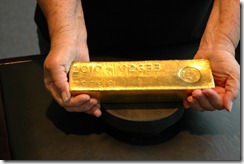Big Cats and Juicy Cherries
We’re in Spokane (SPOKE-ANN) in eastern Washington. Where the western part of the state has the Cascade Mountains, here in the east are rolling hills and miles of farmland. Up the road from our campground is the Cat Tail Zoo, which is privately-owned collection of big cats, and one black bear. The zoo is a rescue facility, taking animals from defunct circuses, from people who didn’t realize a Bengal tiger wouldn’t make a good house pet, and other sources, and gives them a home.
We were there in the middle of a hot afternoon, and like most cats, many of the residents here were sound asleep. One of the white tigers and a couple of the Bengals were kind enough to walk around a bit so I could get some pictures. I prefer to see zoo animals in habitats rather than cages, but considering what their fate might have 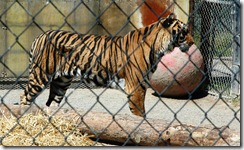 otherwise been, these kitties don’t have it too bad. According to signs in the zoo, some local house cats come by to visit their big cousins on occasion, but we didn’t see any while we were there.
otherwise been, these kitties don’t have it too bad. According to signs in the zoo, some local house cats come by to visit their big cousins on occasion, but we didn’t see any while we were there.
This part of Washington is also a major producer of cherries, and this happens to be cherry season.  Our favorite cherries are the Rainiers, and this is the first time we’ve ever seen them on the trees. The non-commercial farms in this area are mostly U-pick, but being basically lazy, we found a farm that was selling the Rainiers already off the tree. The farm also had several varieties of red cherries, but those Rainiers are soo good, those are the ones we bought. But in case you are a red cherry fan, here’s a picture of those.
Our favorite cherries are the Rainiers, and this is the first time we’ve ever seen them on the trees. The non-commercial farms in this area are mostly U-pick, but being basically lazy, we found a farm that was selling the Rainiers already off the tree. The farm also had several varieties of red cherries, but those Rainiers are soo good, those are the ones we bought. But in case you are a red cherry fan, here’s a picture of those.


